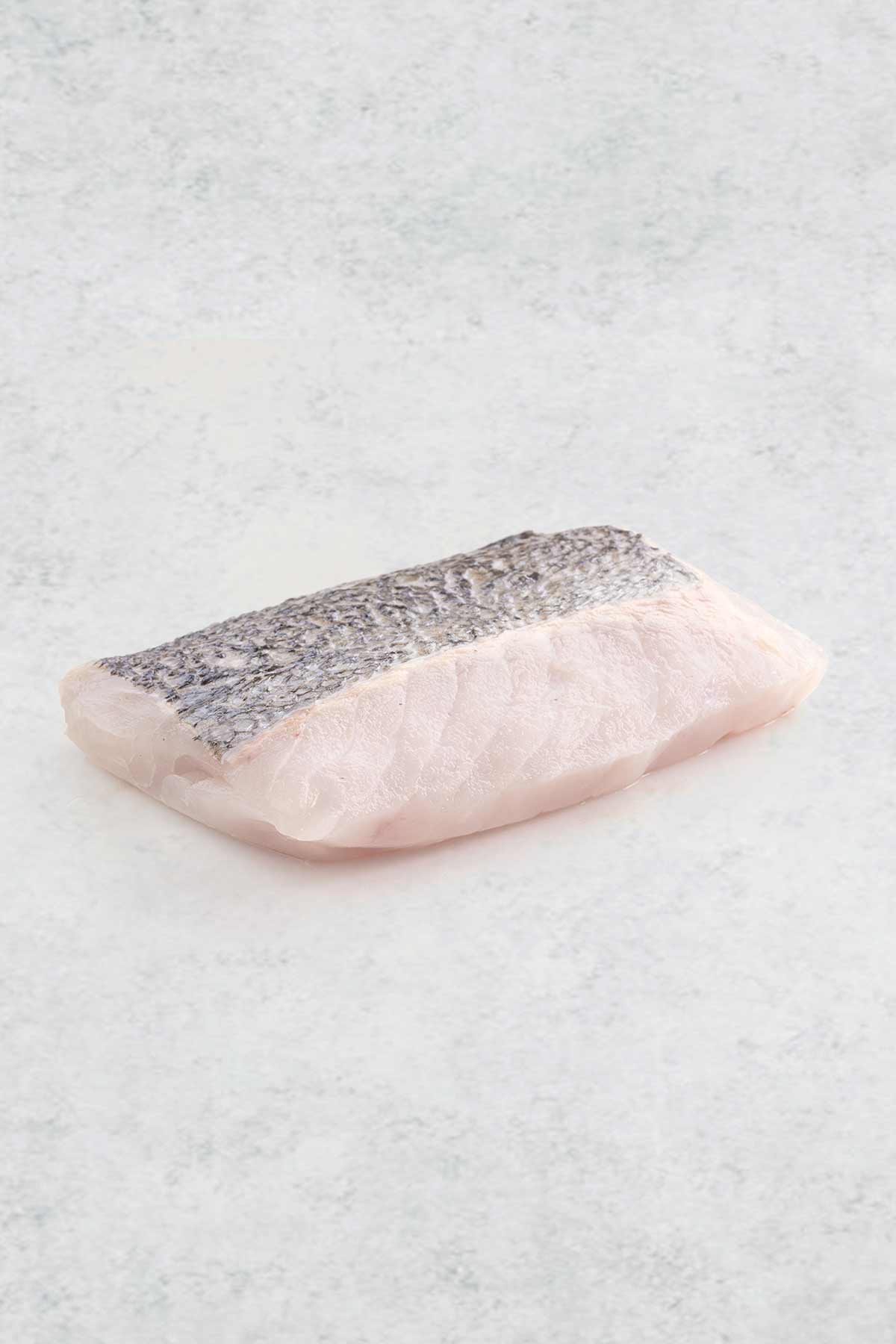
Hake Fillet - Frozen
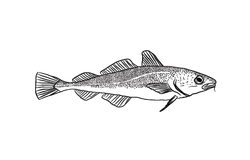
Only premium fish is selected

Prepared within hours of being landed
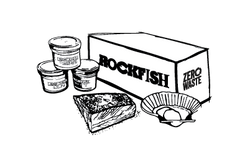
Sent direct from the quayside
Hake Fillet - Frozen Specs
Hake Fillet - Frozen Specs
- Portion Size:
- Min 160g
- Serves:
- Serves 1
- Skin on:
- Yes
- Bones:
- No
- Can I freeze it?
- Yes
- Latin name:
- Merluccius merluccius
- Allergen:
- Fish
- May contain:
- Crustacean, Mollusc
Cooking instructions
Cooking instructions
Grill
HOW TO: Using your grill is an easy and healthy way to cook either thinner fillets or portions like hake and sea bass at home.
Preheat your grill, rub your fish with a little olive oil and salt and put skin side up on a piece of parchment paper (this is to prevent fish from sticking) onto a grill pan.
Place it under the grill on the top shelf, about 10 to 15cm away from the heat. As a guide a fillet portion will need 8-10 minutes, a flatfish for 10-12 minutes. You don’t need to turn flat fish as the heat of the grill will cook it through.
Oven Roast
HOW TO OVEN ROAST A WHOLE FISH: Fish likes heat. Preheat your oven to 220˚C/200˚C Fan/425˚F/Gas Mark 7. Rub your fish with olive oil, then salt, and make a few slashes in the flesh, right down to the bone – diagonal slashes look good. Add some rosemary or thyme to the slashes if you have some to hand or stuff the herbs into the cavity of the fish.
Put the fish on a roasting tray and place in the oven. As a guide, (all ovens are different, you know yours better than me) a 450g whole fish will feed 1 person and take around 12-15 mins to cook. A 1 – 1.2kg fish, serving 4, will take around 30 minutes.
To make an instant sauce add the following to the baking tray: chopped fresh tomatoes, a pinch of dried chilli flakes, a good splash of white wine, a few slivers of sliced garlic, and herbs such as thyme, bay, parsley or chives. Serve the cooked fish with lemon wedges.
HOW TO OVEN ROAST A CHOP/CHUNK OF FISH: Fish likes heat. Preheat your oven to 220˚C/200˚C Fan/425˚F/Gas Mark 7. Rub your fish with olive oil, season with salt and place in a roasting dish. Place in the preheated oven for 10 minutes, then remove from the oven and spoon 2tbsp of Rockfish flavoured butter over the fish. Put back in the oven for 5 minutes and then remove. Put your fish on a plate and pour over the warm butter from the roasting dish.
Paperbag
HOW TO: A great way to cook fish is 'en papillote' aka in an oven bag. You can make a bag yourself very easily from a piece of greaseproof or parchment paper. Cut a piece of paper that is about 4 times larger than your fish. Fold it in half. Fold two of the open edges of the paper into the centre a few times leaving one edge open. Then all you have to do is pop your fish into the bag, fold in the final edge and make sure the corners are sealed.
Once you've got the hang of making the bags it is a super easy way to cook fish, especially fillet portions like hake or sea bass. It’s a fool proof method as the fish steams as it bakes and means you can add any flavours and liquids you like (or use a spoonful of one of our butters).
Preheat the oven to 220˚C/200˚C Fan/425˚F/Gas Mark 7 create your oven bag and pop your fish, and any flavourings into it. Place the bag on a roasting tray - a hake or sea bass fillet should be ready in 15 minutes, a t-bone such as brill, turbot or plaice will need 25 minutes.
To serve either let your guests open the bag at the table, or simply cut open the bag and empty the fish and the cooking juices straight onto a plate.
Panfried
HOW TO: To pan fry a piece of fish, use a non-stick pan or one that you know is non-sticky! Heat the pan and add a few tablespoons of a neutral oil (vegetable oil will do). When the oil is hot, lay the fish in the pan. For hake, bass and salmon put it in the pan skin-side down. For cod, thick white fish, flat fish fillets and gurnard lay them flesh-side down.
Allow the fish to sizzle and don’t be tempted to turn them, let the pan do the work, you will see the heat rise and the fish will firm up. If it’s a thin piece of fish turn it and cook for just a minute or so and it's done. If the fish is thicker, after you've turned it place in a pre-heated oven set to 200˚C/180˚C Fan/400˚F/Gas Mark 6 for about 3-4 minutes to finish the cooking.
Delivery
Delivery
Order by 2pm Monday–Thursday or 12pm Friday for next-day seafood delivery to your door.
Minimum spend:
£18 (Tinned/Books)
£30 (Fresh or Frozen Fish)
Delivery rates:
Orders under £49.99 – £6.50
£50–£84.99 – £3.50
£85+ – Free
Royal Mail (Tinned & Books only): £3.50 delivery / Free over £85
Isle of Wight (selected areas): £10
You can select a future delivery date for non-fresh orders, and Pre-12 delivery is available at checkout.
DPD delivers UK Mainland only, excluding the Scottish Highlands and Islands.
Click and collect
With Click & Collect, you can order the day’s freshest seafood online and collect it for free from your nearest Rockfish restaurant. Your order will be carefully portioned, vacuum-packed, and stored in our temperature-controlled boxes, ready for you at your chosen time. It’s a simple way to enjoy market-fresh fish at home, with no delivery charge — and every collection also comes with a 10% off dining voucher to use in the restaurant.
Reviews
Reviews
Freshness Guarantee
Freshness Guarantee
We’re dedicated to delivering only the finest premium seafood—so fresh, it sets a new standard, even with our frozen fish. Your satisfaction is our priority, which is why we offer a money-back guarantee if you’re not happy with your order.

Wild caught
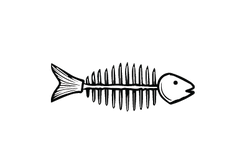
Boneless

Raw
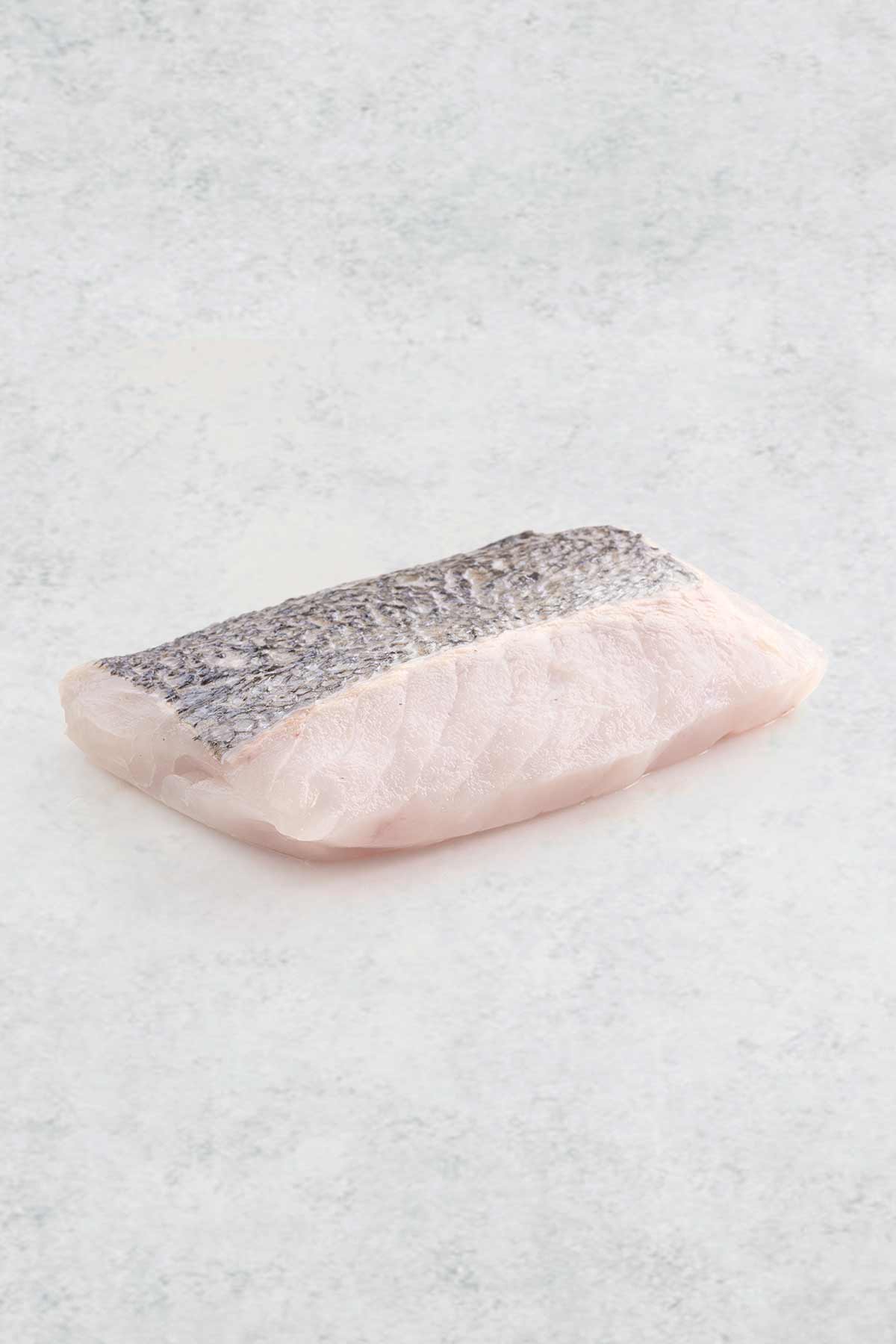
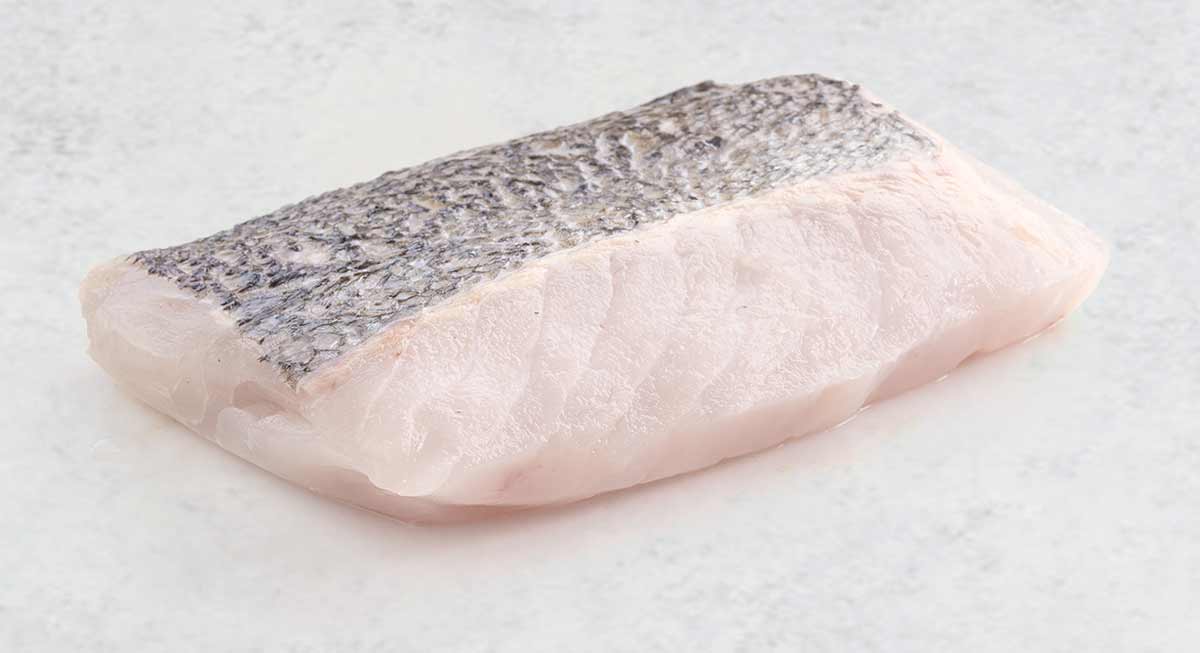



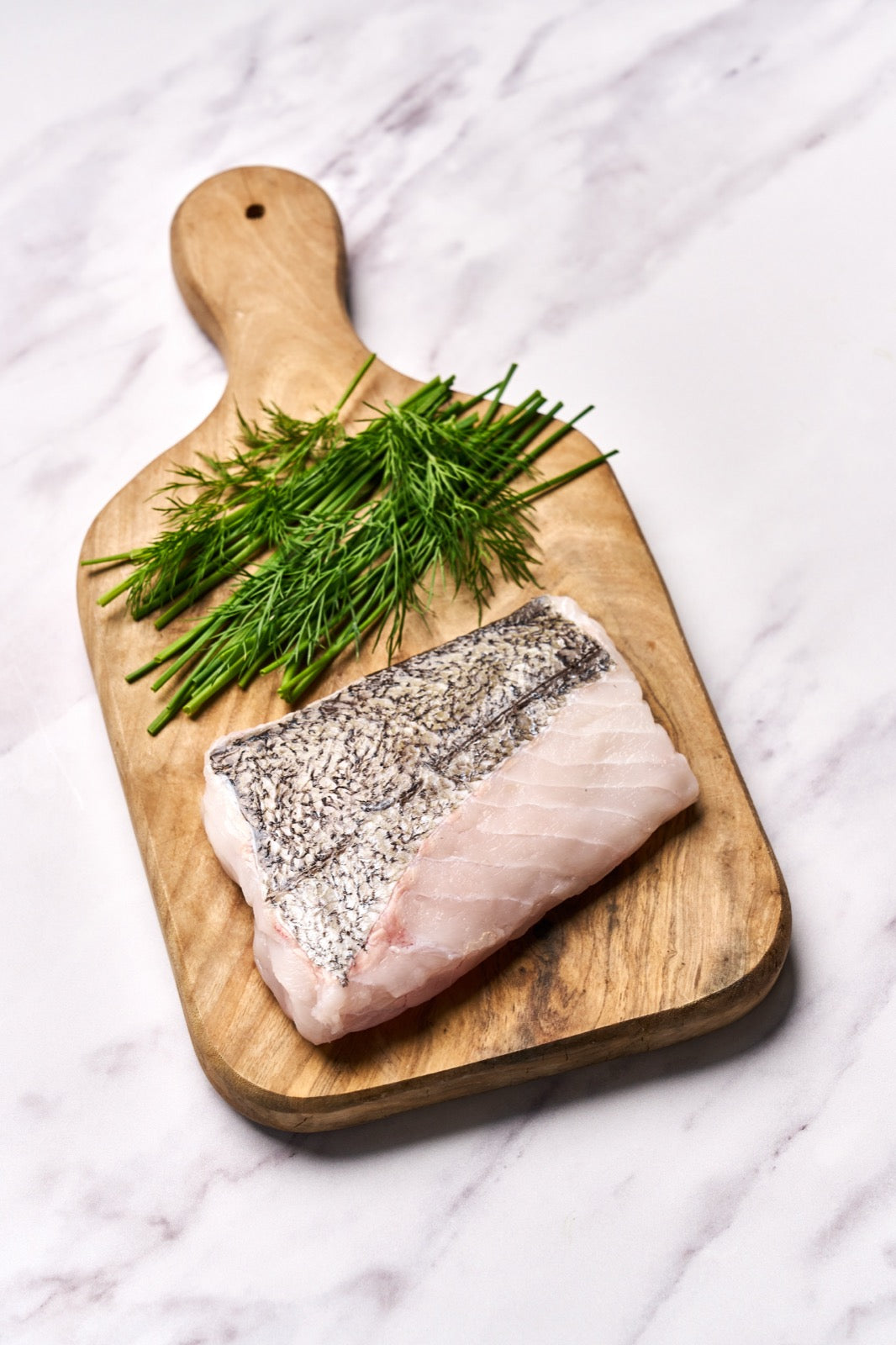
About Hake Fillet - Frozen
Hake is a huge success story for the South West where it is available all year round thanks to the hard work of the local fishermen Its flesh is soft and delicious and is incredibly succulent and is wonderful roasted in the oven.
All the fish in our frozen section was caught at its best and flash frozen at the quayside. When it arrives at your home you can put it in the freezer to enjoy another day (even if partly defrosted) or put in your fridge and enjoy it within the next 2-3 days as you would with our fresh fish.
Hake Fillet - Frozen
Handling frozen fish
Blast frozen fish, provided it’s cold to touch – so it hasn't got warm enough for bacteria to proliferate – is perfectly safe to re-freeze and will not affect its quality. That is industry standard practice.
Hence why we advise that if any purchase from our frozen range was to arrive partly defrosted it is perfectly okay to pop in the freezer to enjoy another day.
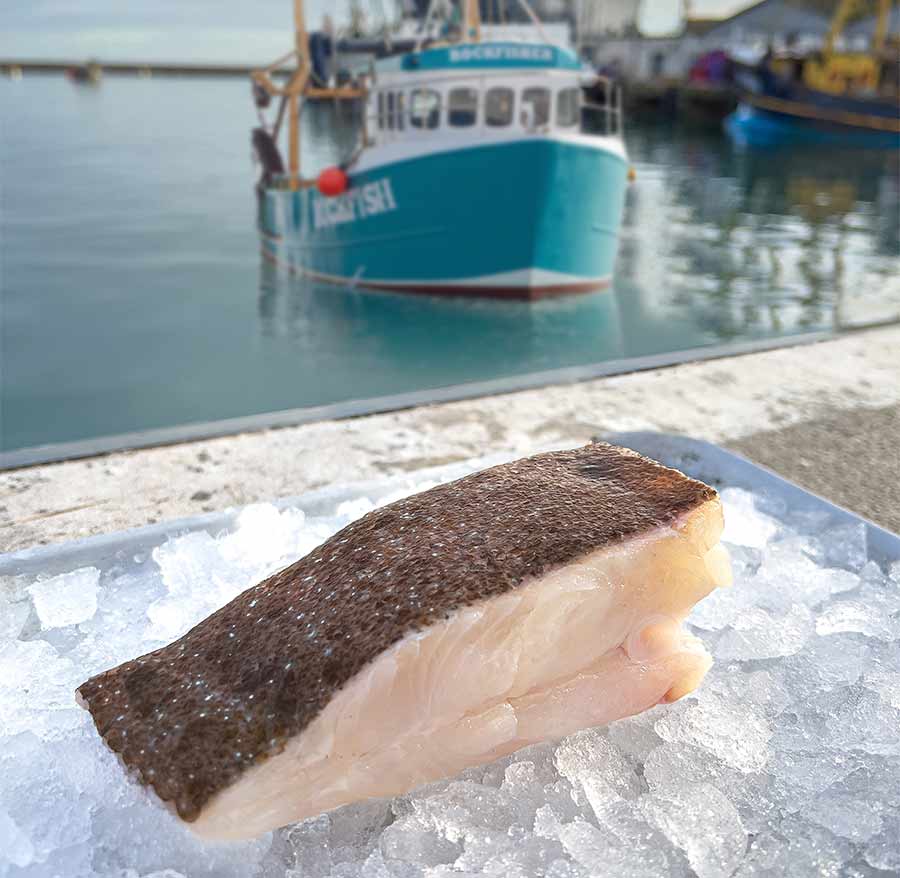
Britain's freshest seafood retailer
-
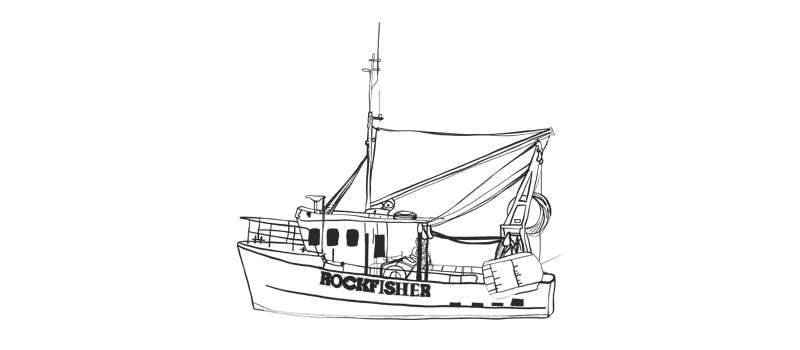
Every day our expert team buy the freshest fish directly from the fleet in Brixham and from the most sustainable fisheries in the world for the online seafood market.
-

We pack and send via DPD to your door in our eco-packaging. Our boxes and insulation are made from recycled materials, and can be recycled too.
-
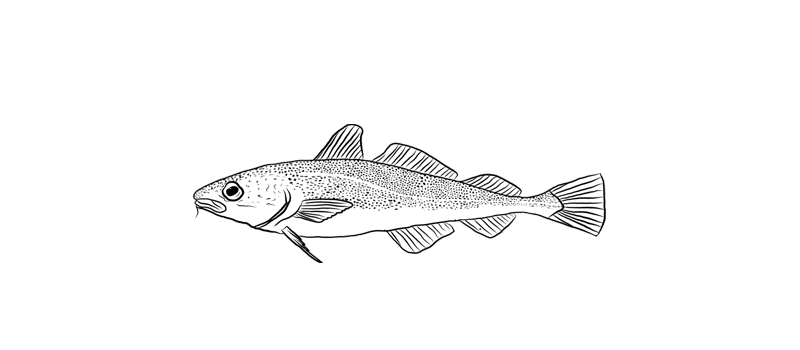
When fish is in abundance we blast freeze it at the quayside, locking in the freshness so you can enjoy your favourite even when that specie isn't landed or the boats can't go out.





